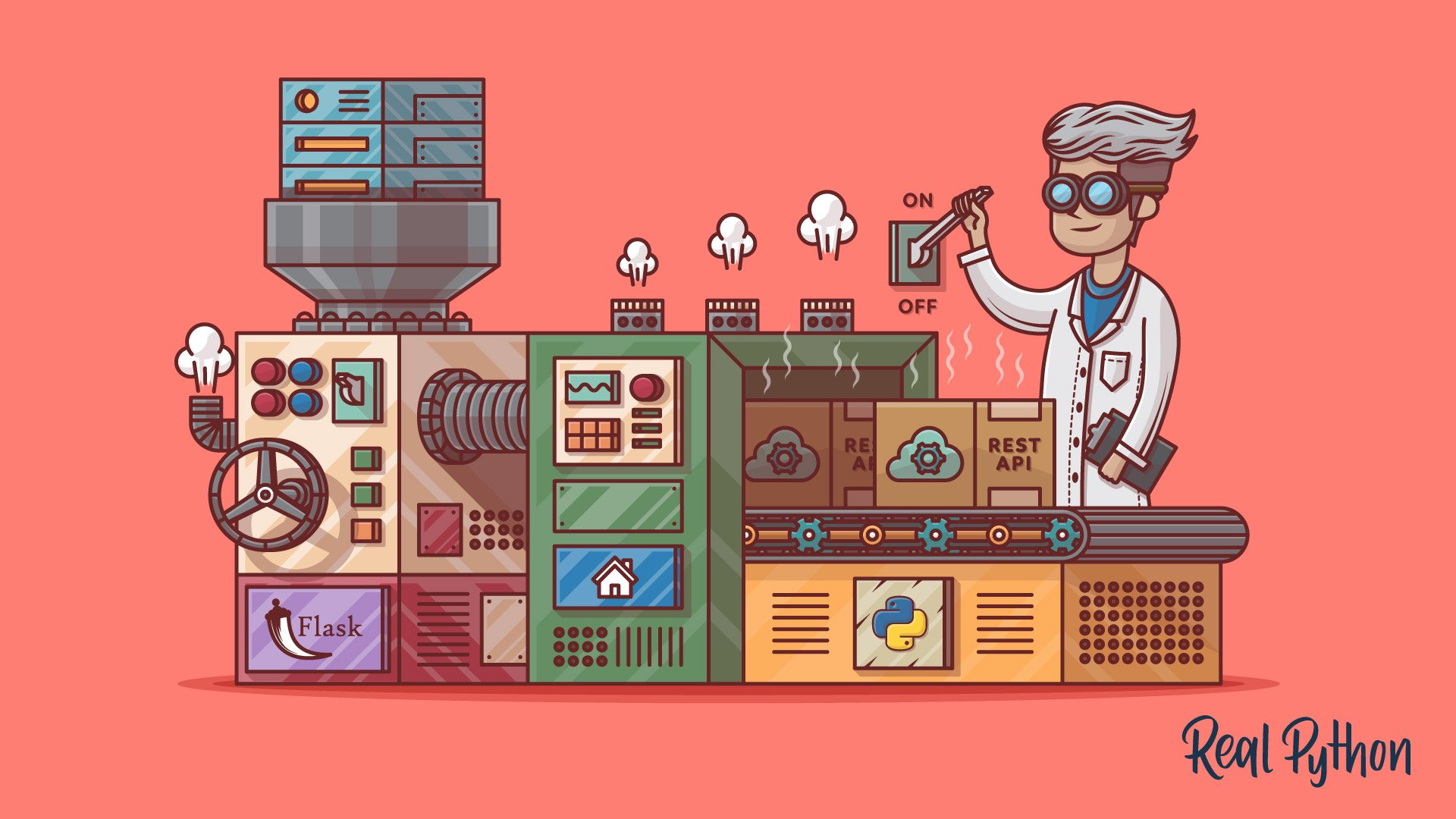How to create a Python-powered RESTful API from scratch using Flask and the Connexion library. Also covers automated validation and documentation for your API endpoints using the Swagger / OpenAPI standard.
If you’re writing a web application, then you’re probably thinking about making HTTP calls to your server to get data to populate the dynamic parts of your application.
The goal of this article is to show you how to use Python 3, Flask, and Connexion to build useful REST APIs that can include input and output validation, and provide Swagger documentation as a bonus. Also included is a simple but useful single page web application that demonstrates using the API with JavaScript and updating the DOM with it.
The REST API you’ll be building will serve a simple people data structure where the people are keyed to the last name, and any updates are marked with a new timestamp.
This data could be represented in a database, saved in a file, or be accessible through some network protocol, but for us an in-memory data structure works fine. One of the purposes of an API is to decouple the data from the application that uses it, hiding the data implementation details.
#python #rest #api #flask #sql
